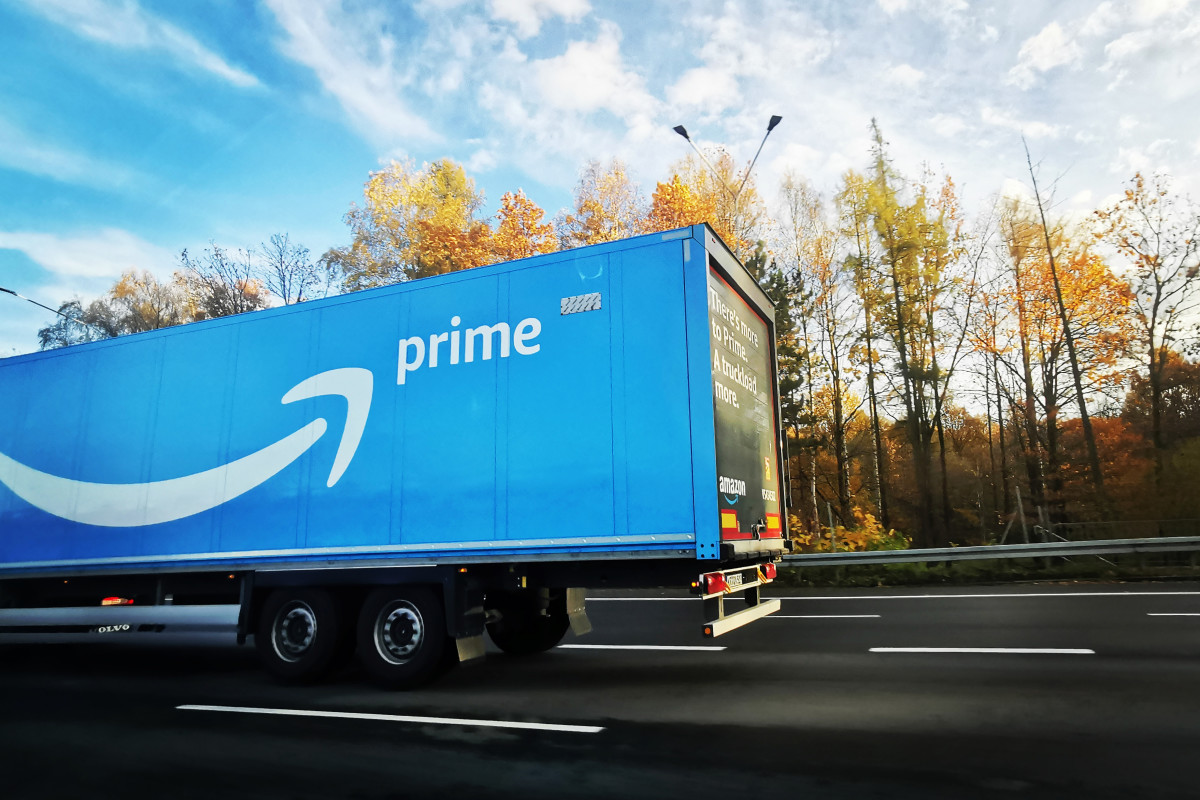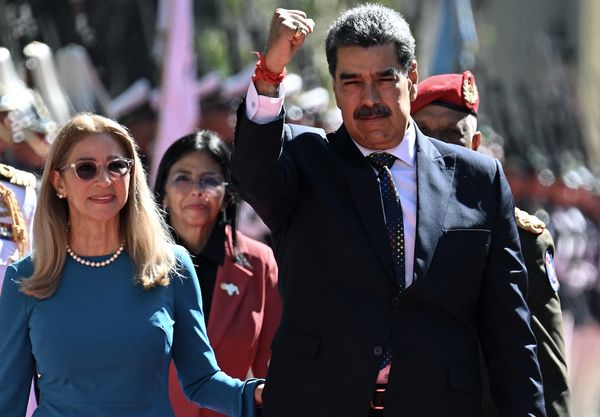
As shoppers headed to Amazon for its Prime Big Deal Days event on Oct. 10-11 to seize the latest deals just in time for the holiday season, some have found items to still be costly even after it seemed that they were receiving discounts. What appeared to be savings on some of the biggest brands still equated to prices that were listed for the same products days in advance of the two-day event.
Amazon's Prime Big Deal Days event, which was the second major savings event of the year for Amazon Prime members, promised consumers exclusive deals on top brands. But some consumers have noticed misleading price fluctuations for their favorite items before the big sale took place and took to Reddit to air out their frustrations.
View the original article to see embedded media.
View the original article to see embedded media.
View the original article to see embedded media.
By using an Amazon price tracker, the history of pricing for some items show that a few of the Prime deals for the event didn’t drop any lower than they had the past few months. For example, using Amazon price tracker Camelcamelcamel, the price history for a Hisense 55 inch TV reached a price hike in late September of around $1,100, only for it to go back down to $748 which it was priced for earlier that month.
Consumers have been noticing these price fluctuations for years around big sale events on Amazon. According to a research study that was published last year that studied Amazon price listings between 2016 and 2017, researchers found that third-party sellers on Amazon raised list prices for items days before sale events and then lowered them back to its original price on the day of the event, giving consumers the illusion of big savings.
Related: Amazon Pricing Probe by the FTC Could Be the Start of a Government Siege on Internet King
Recently, the government began to crack down on some of Amazon’s practices as a retail giant. Last month, the Federal Trade Commission filed an antitrust lawsuit against Amazon for illegally operating as a monopoly, including allegations that it overcharges its customers and stops rivals and sellers from lowering prices.
The lawsuit also exposed Amazon for secretly using an algorithm called Project Nessie, which increased prices on its platform in order to gauge if it would cause other competitive retailers to respond. If the retailers did not respond, Amazon would lower its prices back down to what it was before. It is alleged that the online retail giant discontinued the algorithm in 2019.
Get exclusive access to portfolio managers and their proven investing strategies with Real Money Pro. Get started now.







